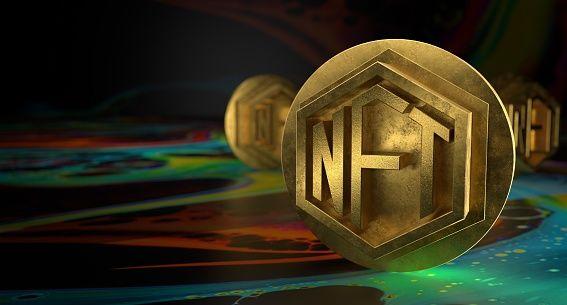Why NFT Invoicing is revolutionary

The current utility of a web3 invoice (much less an NFT invoice) is that you can pay and get paid in crypto.
We are conditioned to think of invoices both on and off chain as the same — just one pays in crypto.
NFTs of payments can facilitate entirely new use cases for on-chain commerce.
The most obvious and similar to traditional invoicing is factoring. An NFT invoice contains a debtor and creditor address. A simple function call by the current creditor upon a sale updates the creditor address to that of the new buyer. When the invoice NFT does finally get paid — whomever is the current creditor address on the NFT receives payment. The improvement is a public NFT invoice factoring marketplace accessible to all.
But I think there is another case.
Say I sell you a refrigerator. I could mint an NFT for the refrigerator and sell it to you on Opensea. This is fine unless I want to offer finance (among other things).
(A side note: unique art vs. series of products — each may have properties better suited to being their own NFT or embedded in something like what I describe below)
Say I create an invoice NFT and as part of the metadata I include the above NFT address to the product. Or, more likely a hash of a document describing the refrigerator — serial number — other data etc. inside this NFT invoice.
By signing and minting this invoice NFT I have validated its content. It is signed by me the producer, manufacturer or retailer. It is a variant of ‘my word is my bond’.
When this invoice gets paid there is another signature. It is the signature of the person receiving and accepting the good. It is yet another ‘bond’.
A second signature on an invoice NFT provides strong validation as to the metadata contained in the token — it has been voluntarily ‘bonded’ by both selling and buying parties.
This invoice NFT becomes a form of title to an asset. This title is on a blockchain as a source of truth or an immutable document of ownership.
What is the result of minting titles? Asset ownership can be better verified. These assets can be financed, unencumbered and resold. They may also accumulate under a buyer's wallet as assets to their balance sheet. This gives the blockchain another method to measure credit worthiness of wallets (and so people).
Say you get an NFT invoice where an option to finance the purchase is embedded. You pay a designated percentage of the invoice, and you get financed by the seller (or other parties) for the rest. The Invoice NFT is proof of a lien on that asset. The NFT invoice could go on to create yet another NFT — a simple NFT loan or, more likely, it could itself become a loan NFT.
What is important about using NFTs in payments is that if they are sufficiently ‘primitive’, they are composable and can be combined / recombined to form some interesting, abstract financial structures. The creative driving force behind such a virtuous circle would be a lower cost of capital to both consumer and producer.
It is quite revolutionary.